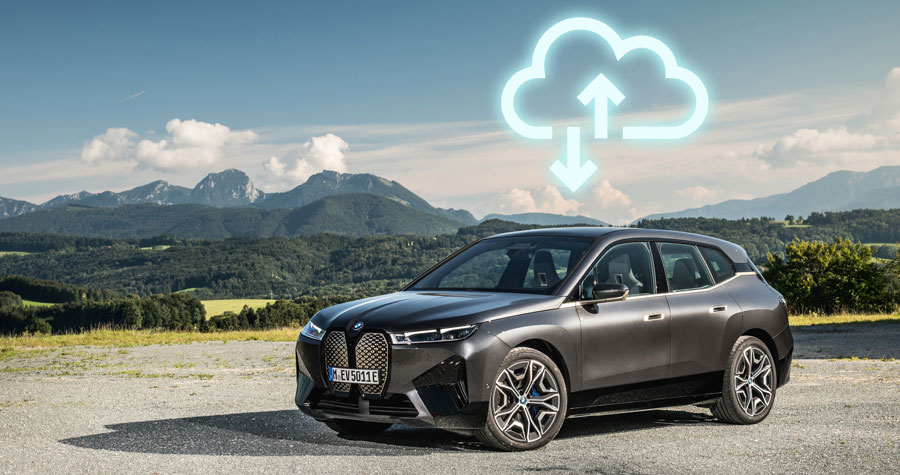What are in-car payments?

BMW has recently announced that its latest operating system will allow drivers to pay for parking through their car.
But how does it work, and are there other things you can pay for without leaving the driver's seat?
We look at an area of the industry that is expected to see huge growth in the next few years.
In-Car Payment Services (ICPS)
Car companies are looking to make the most of our changing ways to pay for goods and services. With a shift to increasingly digital and contactless transactions, accelerated by the pandemic, manufacturers are keen to help drivers streamline their trips, while also capitalising on an industry that is predicted to be worth around £375 billion by 2030.
Parking:
The latest BMW deal is with Parkopedia, which allows drivers to not only find but also pay for parking without leaving their car.
Searching for car parking locations, even with live updates with space availability, is not particularly new, but the ability to pay at certain locations simply by allowing the car to communicate with on-site systems is.
Using vehicle location data and established “geo-fences” from car park operators, the driver of a newly leased BMW can pay for parking without needing to get to a pay-and-display machine or through an app, using the saved banking details in their connected car account.
BMW has also previously done deals with RingGo, and Volvo has offered similar - though less sophisticated - pay and go parking systems before.
Maintenance:
A variety of manufacturers, including the likes of Volkswagen, Volvo, and Vauxhall, will allow drivers to book their vehicle in for a service through connected car systems in the vehicle.
This not only allows payment and booking information to be quickly handed over, but also on-board diagnostic equipment lets the workshop know of any faults or issues before the car arrives, streamlining any repair times.
Fuel:
Major fuel companies such as Shell and BP allow drivers to pay for their fuel through an app, meaning they don't need to put their card in at the pump or head to the cashier. It can be more convenient, and also opens up 24 hour availability in some locations.
Jaguar has partnered with Shell to bring that system into the Jaguar InControl infotainment system, removing a step from the refuelling process.
By storing the driver's details, they can pay for fuel by picking their location and pump on the touchscreen. This connects through to the forecourt systems to open the pump, and allow refuelling.
Charging:
Electric vehicle drivers are keen to avoid having dozens of apps on their phone and RFID cards in their car, and the option of Charge & Go is a big draw for many.
It's nothing new for Tesla drivers, who pay for charging on the company's Supercharger network simply by linking an account with the car, plugging in, and the charging process gets under way. The total cost is displayed on the car's infotainment system, and it's billed to a single account.
Other networks and manufacturers are also looking to implement the same system. Ionity's platform is expected to be the first with widespread Charge & Go availability, as it is backed by a number of car manufacturers, easing the difficulties in getting a car and charger to communicate with each other to the extent no driver input is needed other than plugging it in.
In time however, most major networks and EV brands are expected to allow drivers to simply plug in and charge, making it as easy or easier than paying for petrol.
So what's the future?
If you think back to how the personal payment process has evolved from the start of the pandemic to today, you get a good idea of how quickly in-car payments will gain traction.
Now we think nothing of tapping our card for payment, where once we had to enter a PIN, or reach for a wallet or purse and produce cash. How passé that now seems. So it will be for in-car payments in cars in the near future.
View our latest blog posts

Categories
Pages
We are a family run business based in rural Worcestershire. Our team of 38 staff are on hand to provide an exceptional service to personal and business customers.
Read More
